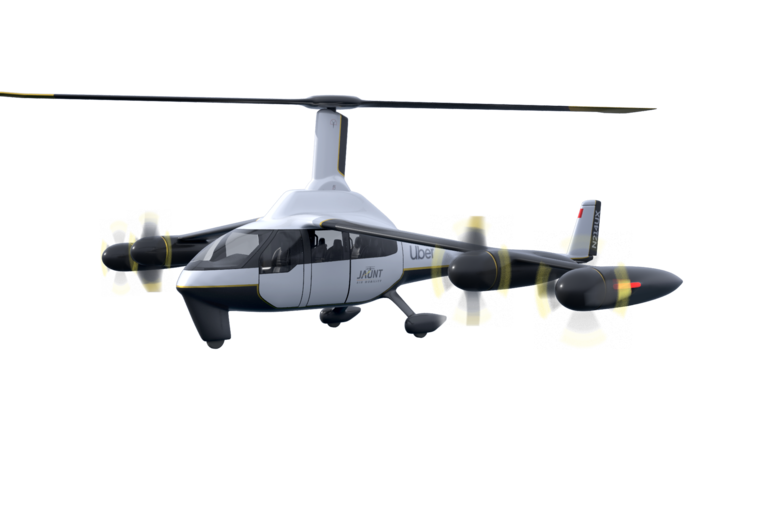'Why not fly over it?’ Uber picks New Jersey firms in ambitious bid to beat traffic congestion
By 2050, the United Nations predicts that 70 percent of the world’s populations will live in urban areas, inviting more cars to already congested highways. Two New Jersey companies are helping create an airborne solution.
